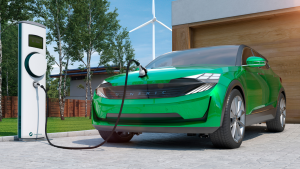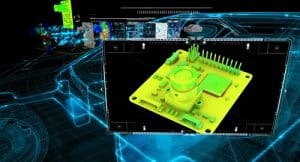Electric vehicle lightweighting is the process of reducing the weight of an electric vehicle (EV) while maintaining or improving its performance. This typically requires the use of lighter-weight materials, but it can also involve optimizing EV part designs. Many engineers are familiar with automotive metals such as aluminum and magnesium, but lightweight polymers such as carbon fiber reinforced plastic (CFPR) and Santoprene, a thermoplastic vulcanizate (TPV), can also reduce vehicle weight and improve designs.
This article from Elasto Proxy explains why EV lightweighting is important and shares some examples of where lightweight parts are used on electrical vehicles today. It also explains where rubber parts are used on EVs, information that can be hard to find beyond discussions of tires and windshield wipers. If you’re a designer or an manufacturer who needs EV products like door seals, window seals, battery packs seals, battery compartment gaskets, or molded interior components, contact Elasto Proxy.
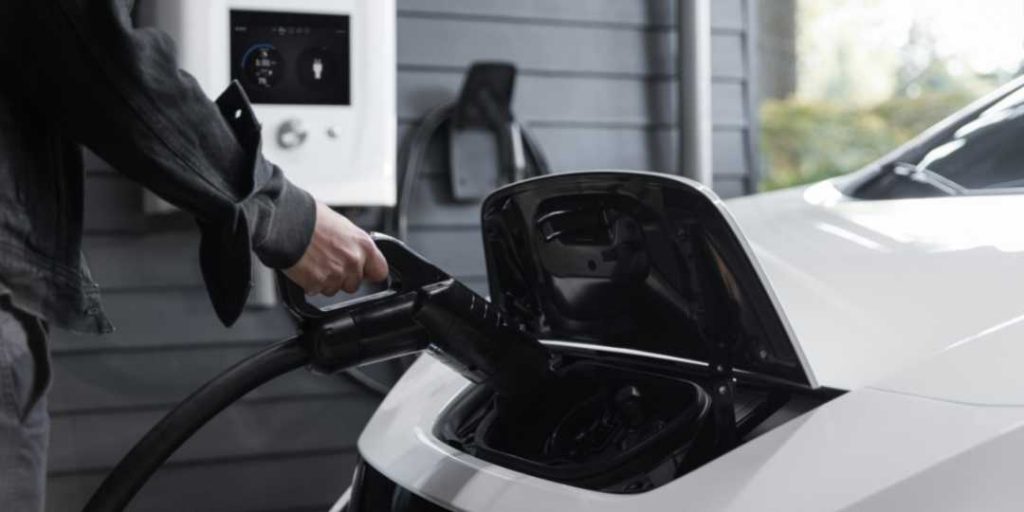
Why is EV lightweighting important?
There are four ways that electric vehicle lightweighting supports the development of more efficient, cost-effective, and environmentally sustainable EVs.
- Increased range
- Improved performance
- Increased efficiency
- Reduced costs
Reducing the weight of an EV allows it to travel a longer distance on a single charge. Energy consumption per unit of distance decreases, vehicle performance increases, and owner satisfaction improves. A lighter weight vehicle requires less energy to achieve a certain speed, and drivers get to enjoy greater EV responsiveness and handing. Lighter-weight materials may cost more, but the benefits of traveling farther while recharging less frequently can save EV owners money and boost EV industry sales.
Importantly, electric vehicle lightweighting can also reduce greenhouse gas emissions. Often, the electricity that’s generated to power EV batteries requires the burning of fossil fuels. Even when alternative energy sources such as wind or solar are used instead, reducing the overall energy consumption of EVs has benefits. For example, if all of the EVs on the road were lighter weight and required less frequent charging, there would be a reduction in total energy requirements.
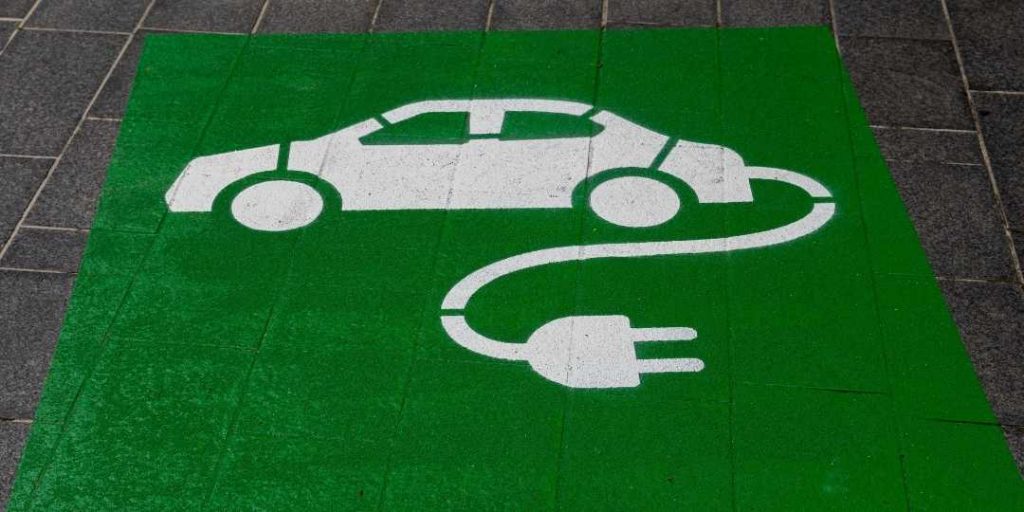
What are some lightweight parts on electric vehicles?
Although the battery remains the heaviest part of an electric vehicle, EV designers and manufacturers can still reduce vehicle weight overall. Some examples of lightweight EV parts include:
- Aluminum body panels
- Magnesium castings
- CFRP components
- Lightweight wheels, seats, and glass
Aluminum body panels and magnesium castings aren’t limited to electric vehicles and are also found in cars and trucks that use internal combustion engines (ICE vehicles). Yet their applications in EV design remain important. Using aluminum instead of steel reduces overall vehicle weight, and magnesium can be used to cast EV parts such as transmission housings and suspension components. Strong, lightweight materials such as CFRP can also be used instead of metals for doors, body panels, and the vehicle chassis.
Alloys, composites, and glass also support electric vehicle lightweighting while offering important benefits. For example, lightweight alloy wheels can also improve EV handing. Seats made of composite materials can reduce weight while improving cabin comfort. Reducing the weight of the lithium-ion batteries that are used in most EVs remains a challenge, but these batteries can be manufactured in a variety of shapes and sizes to meet vehicle-specific requirements.
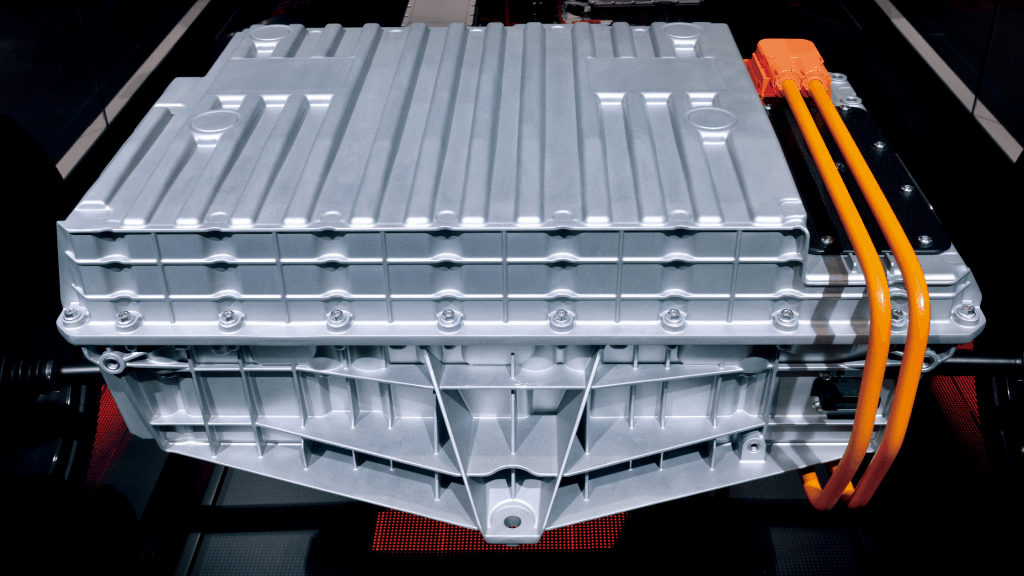
Where are lightweight rubber products used on electric vehicles?
Rubber products do not make up a significant part of an electrical vehicle’s weight; however, EV designers and manufacturers are still pursuing EV lightweighting initiatives that include elastomers. Elasto Proxy can supply with you a variety of lightweight rubber products, including the following EV parts:
- Door seals
- Window seals
- Battery pack seals
- Battery compartment gaskets
- Molded parts
Traditionally, automotive door seals were made from EPDM rubber. TPV materials such as Santoprene weigh less, however, and these thermoplastic elastomers (TPE) are also recyclable and support color matching. Traditional glass run channels for windshields and custom gaskets for vent or valence (quarter-glass) windows can also be made of lighter weight elastomers.
In addition to door and window seals, Elasto Proxy can supply battery pack seals made of closed-cell silicone, a lightweight rubber with chemical and high-temperature resistance. For EV battery compartments, gaskets made of silicone or polyurethane foams can have UL 94 flammability ratings. Elasto Proxy also supplies lightweight molded parts such as seat track components for vehicle interiors.
Electric Vehicle Lightweighting and Elasto Proxy
According to the Institute for Energy Research, an EV’s battery represents 30% to 40% of the vehicle’s total weight. That amount is significant, but it’s not stopping EV designers from pursuing lightweighting opportunities in other parts of the vehicle. Elasto Proxy is an experienced rubber fabricator and distributor that also offers engineering assistance for electric vehicles.


